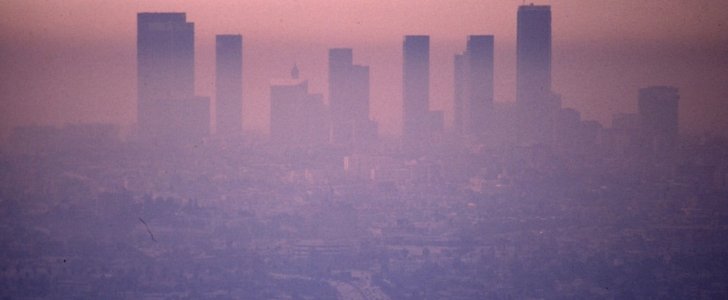For decades now, California has been the beacon to follow for American states wanting to breathe a cleaner air than the rest of the nation. Now, under the Trump administration, the region is on the verge of losing its right to set separate emissions standard.
In an announcement made this week on Twitter, Donald Trump said his administration is “revoking California’s Federal Waiver on emissions in order to produce far less expensive cars for the consumer.”
Somehow, the most powerful man on Earth thinks robbing Cali of this prerogative will be “making the cars substantially SAFER, [...] meaning significantly more JOBS, JOBS, JOBS!”
On the bright side, Trump does promise “there will be very little difference in emissions between the California Standard and the new U.S. Standard.”
The president’s optimism is not shared by California officials, who have already announced they will be fighting the decision with all they’ve got.
"We will fight this latest attempt and defend our clean car standards," said the state’s Governor Gavin Newsom according to CNN. He added this decision is another sign the administration "has abdicated its responsibility to the rest of the world on cutting emissions and fighting global warming."
California has been allowed to set its own, separate standards since the end of the 1960s. In response to the growing number of “episodes of smog” that had plagued Los Angeles since 1943, the state received permission to take care of its own air.
The state’s approach to pollution meant that soon these new standards were adopted by other states as well -13 so far, and the District of Columbia.
As the nation’s largest state by population, California accounts for over 10 percent of the total car sales in the U.S. Ford, GM, and Tesla are some of the biggest automotive names with facilities in the region.
For the mid-term future, Cali officials have reached an agreement with carmakers and were planning to roll out cars that can reach 50 mpg, way up from the 37 mpg today.
Somehow, the most powerful man on Earth thinks robbing Cali of this prerogative will be “making the cars substantially SAFER, [...] meaning significantly more JOBS, JOBS, JOBS!”
On the bright side, Trump does promise “there will be very little difference in emissions between the California Standard and the new U.S. Standard.”
The president’s optimism is not shared by California officials, who have already announced they will be fighting the decision with all they’ve got.
"We will fight this latest attempt and defend our clean car standards," said the state’s Governor Gavin Newsom according to CNN. He added this decision is another sign the administration "has abdicated its responsibility to the rest of the world on cutting emissions and fighting global warming."
California has been allowed to set its own, separate standards since the end of the 1960s. In response to the growing number of “episodes of smog” that had plagued Los Angeles since 1943, the state received permission to take care of its own air.
The state’s approach to pollution meant that soon these new standards were adopted by other states as well -13 so far, and the District of Columbia.
As the nation’s largest state by population, California accounts for over 10 percent of the total car sales in the U.S. Ford, GM, and Tesla are some of the biggest automotive names with facilities in the region.
For the mid-term future, Cali officials have reached an agreement with carmakers and were planning to roll out cars that can reach 50 mpg, way up from the 37 mpg today.
The Trump Administration is revoking California’s Federal Waiver on emissions in order to produce far less expensive cars for the consumer, while at the same time making the cars substantially SAFER. This will lead to more production because of this pricing and safety......
— Donald J. Trump (@realDonaldTrump) September 18, 2019

